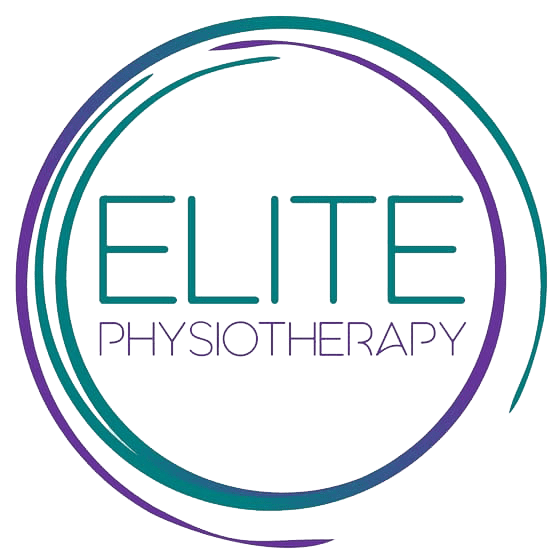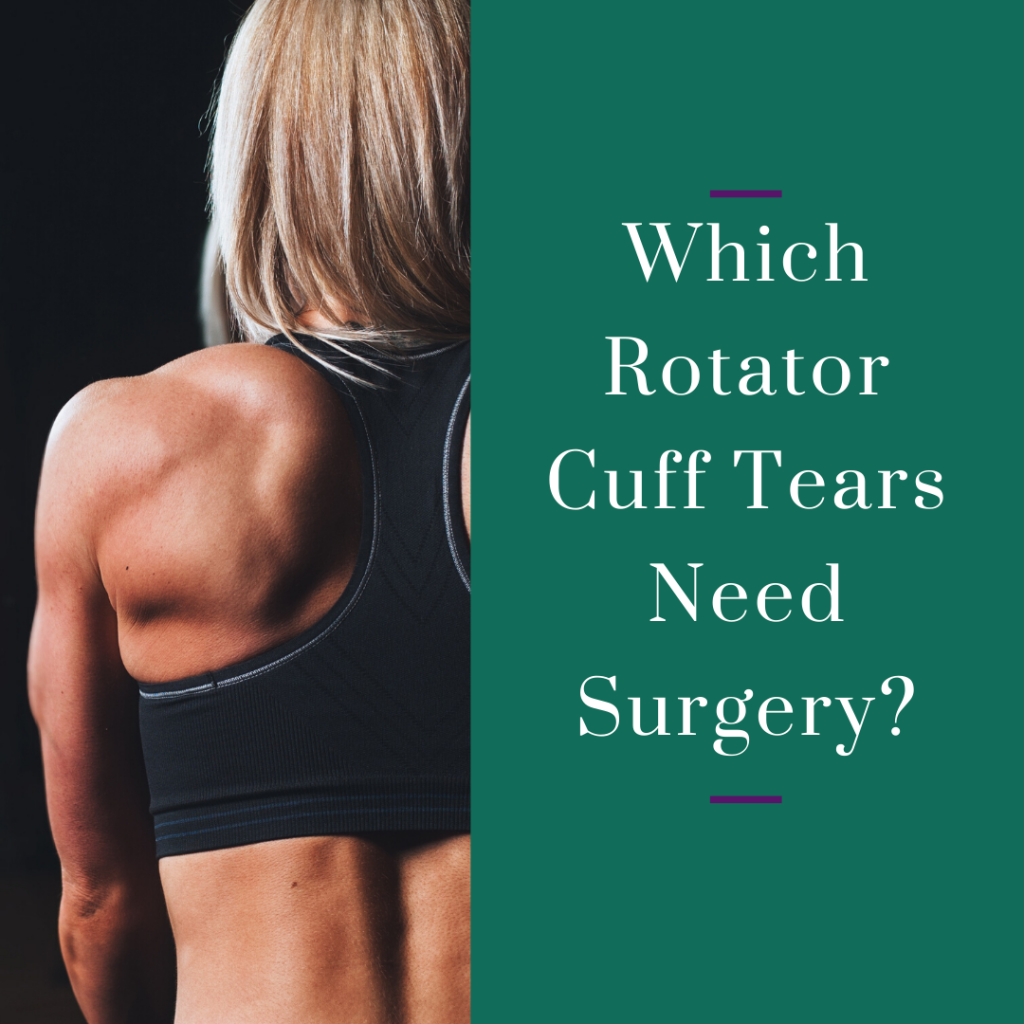Do you have a rotator cuff tear? Wondering whether surgery is the best choice for you?
Then make sure you read this incredibly important blog as I’m going to tell you exactly who and which conditions need surgery and when it should happen.
Rotator cuff tears affect lots of people from the young and athletic to your middle aged worker and all the way up to the older generations.
What’s worse is that many struggle to get any relief from it. They try seeing all sorts of health professionals, drugs, injections, surgeries and so on but never seem to get back to 100%.
If you never get back to 100% this then leads on to the next problem – all those compensations. All of a sudden you go from having a sore shoulder to also having a sore neck, back elbow and maybe even pins and needles.
Now let’s get into it.
There is a very simple 3 step framework to determine if someone has a rotator cuff tear that requires surgery.
Step 1:
Perform a drop arm test
This will highlight if there are in fact any intact fibres left. The patient will lift their arm up in front and more often than not they will struggle to get it above 30 degrees due to an inability to move it NOT due to pain.
The physio will then lift the arm up further to at least 100 degrees. Again this movement shouldn’t be particularly painful or hard for the physio to perform.
Finally the physio will let the patient know that they are going to let go of their arm and see if they can hold it up in the same position. If they can’t hold it at all, not necessarily due to pain, then it’s a positive drop arm test and suggestive of a complete rotator cuff tear that could do well with surgery.
If the patient could lift their arm relatively high to start with, the physio couldn’t lift the arm far due to pain or restriction or the patient could hold their arm up but it was painful… those are all a negative test and suggests there isn’t a complete tear and there are other contributing factors that first need to be addressed before surgery is considered.
Step 2:
How old is the patient?
Young patients with a positive drop arm test tend to do well with surgery. There has usually been an acute traumatic incident that leads to the injury and the problem is not due to wear and tear with degenerative muscle fibres.
Unfortunately for the older patients, their tendons and muscles are usually not in the same condition as the younger population. This means that when ruptures do happen and they have the positive drop arm I just talked about, they don’t have the greatest muscles to hold the stitches with the repair. Thankfully though there are several great muscles that can compensate for a complete rotator cuff tear meaning even these patients can regain their shoulder function.
Step 3:
An ultrasound
Now it’s really important step 3 happens at this stage to confirm the physical findings and not at the start. Most of the rotator cuff tears that turn up on ultrasounds don’t have a positive drop arm test and don’t require surgery. Most of those tears have a lot of other contributing factors like a stiff upper back, poor posture and weak muscles. Instead of surgery they need to have all these contributing factors addressed to get a successful outcome.
The point of the step 3 ultrasound is to just provide a surgical write up in preparation for surgery. By this stage there is no surprise about what the problem is.
The big thing is… MOST PEOPLE DON’T NEED SHOULDER SURGERY. It’s ultimately more expensive as you still need the same volume if not more of physiotherapy afterwards plus can pave the way for other issues such as arthritis and a frozen shoulder.
If you’d like to get these results too then click HERE to book online or give us a call on (07) 4999 9773 so we can get you back to doing what you want to do and what you love.

